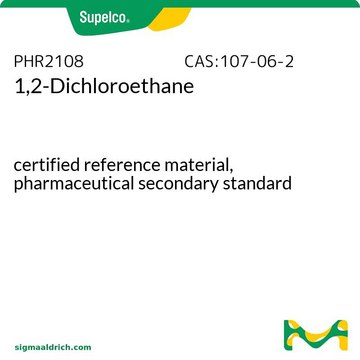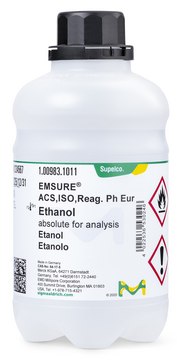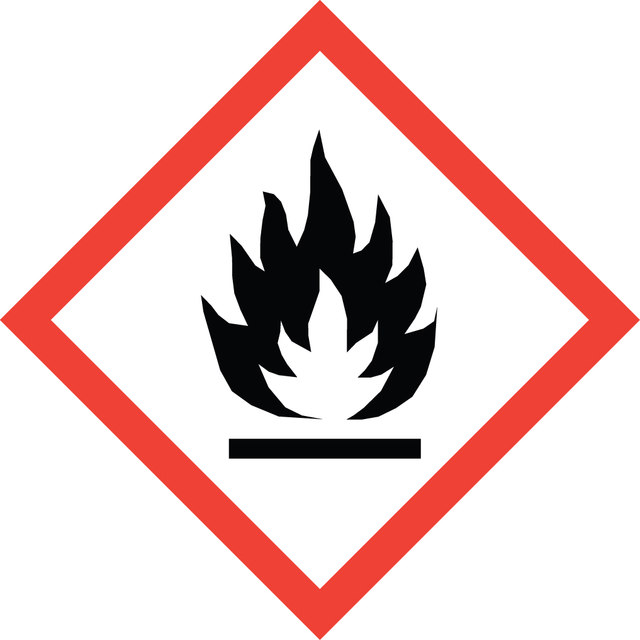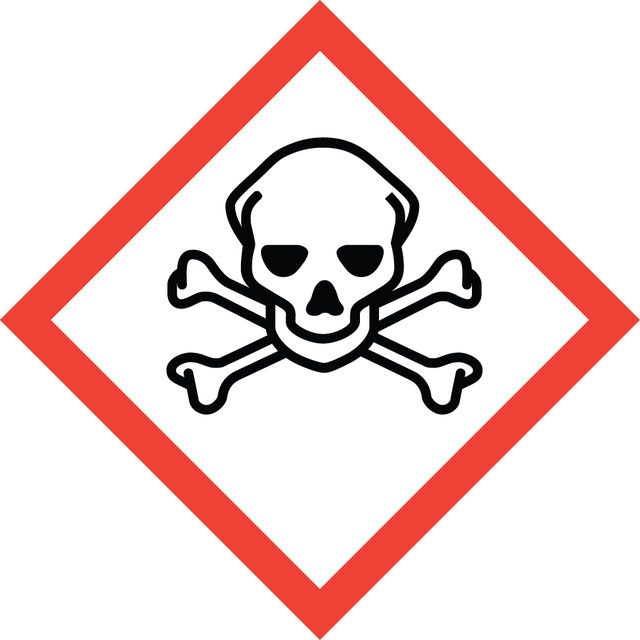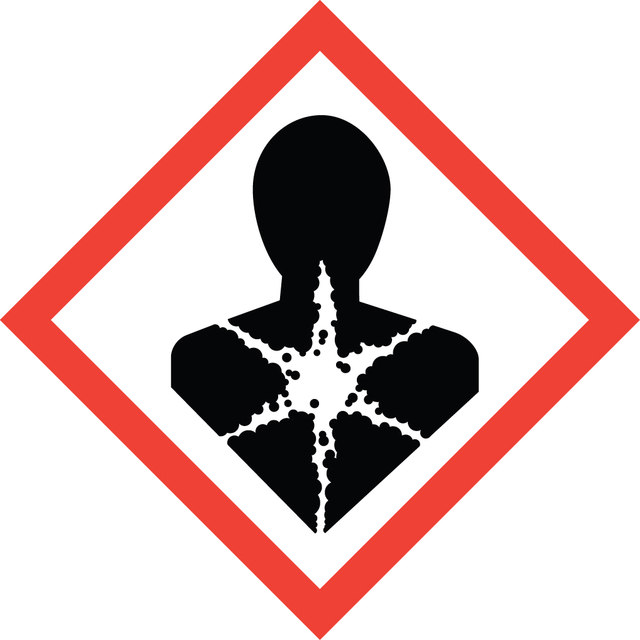34872
1,2-Dichloroethane
suitable for HPLC, ≥99.8%
Synonym(s):
Ethylene chloride, Ethylene dichloride
About This Item
Recommended Products
vapor density
3.4 (20 °C, vs air)
vapor pressure
87 mmHg ( 25 °C)
Assay
≥99.8%
form
liquid
autoignition temp.
775 °F
expl. lim.
15.6 %
technique(s)
HPLC: suitable
impurities
≤0.0005% non-volatile matter
≤0.001% free acid (as HCl)
≤0.02% water (Karl Fischer)
transmittance
230 nm, ≥25%
245 nm, ≥90%
270 nm, ≥98%
refractive index
n20/D 1.444 (lit.)
bp
83 °C (lit.)
mp
−35 °C (lit.)
density
1.256 g/mL at 25 °C (lit.)
application(s)
food and beverages
SMILES string
ClCCCl
InChI
1S/C2H4Cl2/c3-1-2-4/h1-2H2
InChI key
WSLDOOZREJYCGB-UHFFFAOYSA-N
Looking for similar products? Visit Product Comparison Guide
General description
Application
Signal Word
Danger
Hazard Statements
Precautionary Statements
Hazard Classifications
Acute Tox. 3 Inhalation - Acute Tox. 4 Oral - Asp. Tox. 1 - Carc. 1B - Eye Irrit. 2 - Flam. Liq. 2 - Skin Irrit. 2 - STOT SE 3
Target Organs
Respiratory system
Storage Class Code
3 - Flammable liquids
WGK
WGK 3
Flash Point(F)
55.4 °F - closed cup
Flash Point(C)
13 °C - closed cup
Regulatory Information
Choose from one of the most recent versions:
Already Own This Product?
Find documentation for the products that you have recently purchased in the Document Library.
Our team of scientists has experience in all areas of research including Life Science, Material Science, Chemical Synthesis, Chromatography, Analytical and many others.
Contact Technical Service
